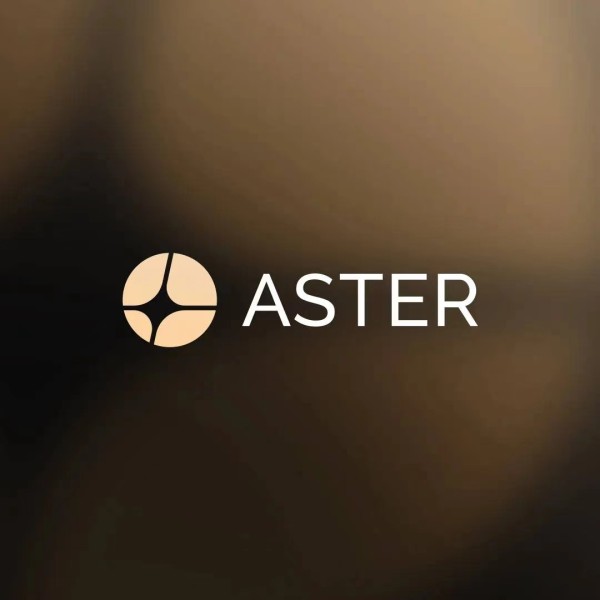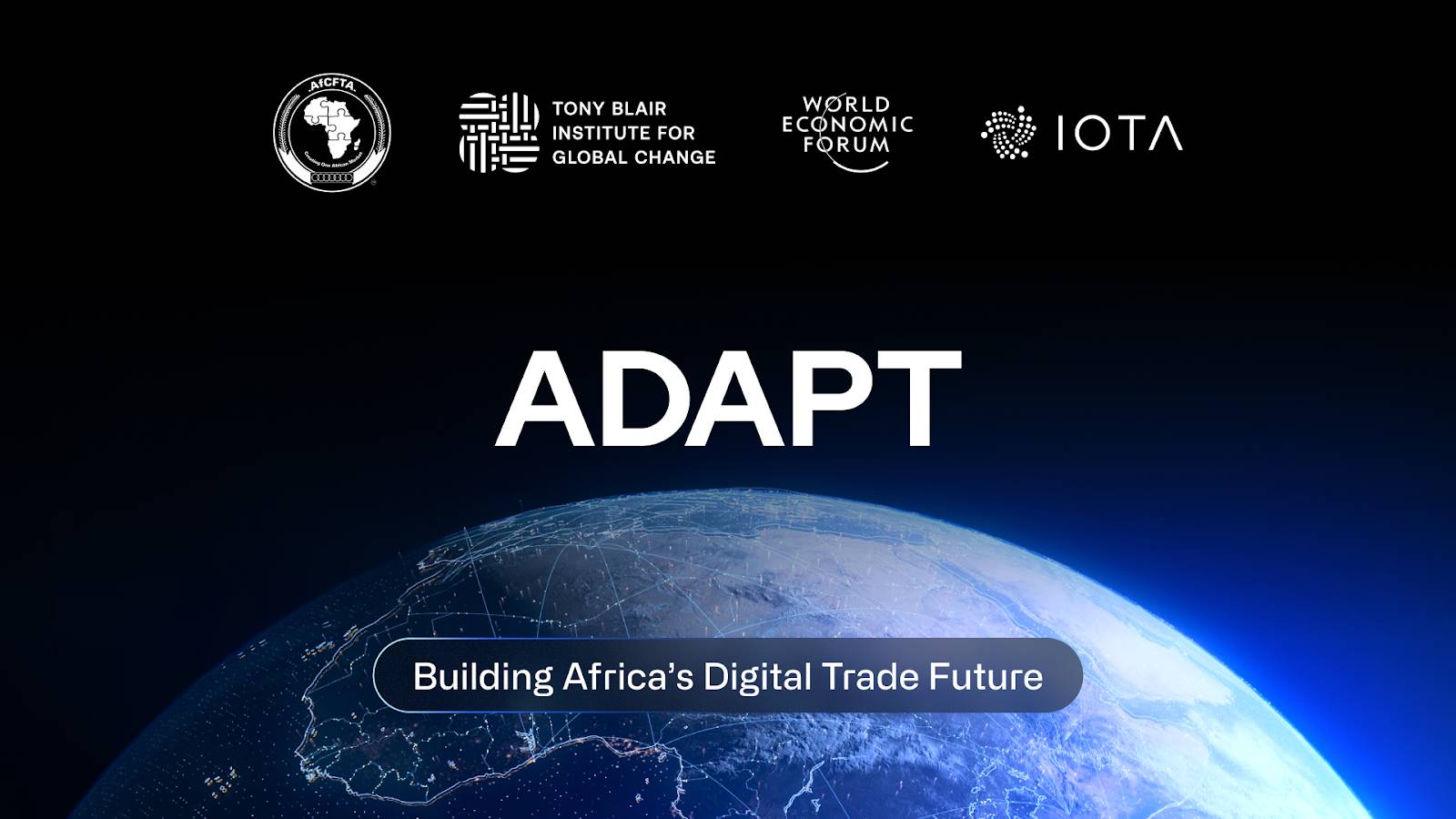RoarChain: Bridging self‑custody, AI, and sustainable yield for web3’s next billion
In the latest SlateCast episode, CryptoSlate’s Editor‑in‑Chief Liam “Akiba” Wright and CEO Nate Whitehill sat down with Dustin Hedrick, co‑founder of The Roar, to unpack how RoarChain, a self‑custody‑first layer‑two built on the OP‑Stack, blends artificial‑intelligence tooling, fee‑backed yield, and a decade‑long roadmap to welcome the next wave of crypto users.
Building a Self‑Custody L2 on OP‑Stack
RoarChain’s architecture begins with an unflinching stance on wallet sovereignty.
“Decentralization is core and we cannot move away from that… you don’t own your wallet or your keys unless you have those keys privately,”
Hedrick stressed when asked how the chain protects newcomers who struggle with basic password hygiene.
By rolling its own OP‑Stack network, Hedrick says the team can keep fees low while inheriting Ethereum security and Optimism’s Superchain interoperability, without “feeding users to death” on transaction costs.
Smarter Wallets & AI Trading Agents
A standout feature is Roar’s forthcoming “smarter wallet,” where AI parses on‑chain data the moment a user connects.
“You’ll have the NFTs literally interact with the AI as you log in… it’s learning your traits in those first few seconds,”
Hedrick explained, outlining how the model combines wallet history with a 25‑point, five‑star project‑rating system that scans over 11,000 tokens.
Full trade execution (“agency”) is still gated, but Hedrick hopes to activate it later this year once the guardrails are battle‑tested.
Yield Backed by Fees, Nodes & NFTs, Not Ponzinomics
Skeptics of high‑yield promises often recall the 2021 cycle’s excesses. Hedrick counters that RoarChain’s rewards are underwritten by real cash‑flows:
“We have some of the same staking fees as Uniswap and… our chain is offering nodes that actually do something in function”.
Revenue from node sales, DEX trading fees, and secondary NFT markets cycles into a DAO‑controlled treasury, which has been “largely personally funded” to date. The goal is a rapid network effect:
“Everyone knows the real security in a community is inviting more people in faster and bigger,” Hedrick added.
UX & Regulatory Hurdles
Wright pressed Hedrick on whether the team can deliver Gmail‑level simplicity without sacrificing key ownership. Hedrick conceded the challenge, pointing to unified log‑ins and mobile‑first design as priorities, while reiterating that decentralization “cannot move away” from the plan.
Wright’s skepticism was candid: “Anyone that says ‘I’ve got the answer,’ unless you can prove it, I just don’t believe you because it’s a very difficult problem”. Hedrick agreed, noting RoarChain’s two‑year runway to refine the experience.
On the legal front, Roar assembled five law firms and embedded utility into its token to dodge the Howey trap. Liquidity is locked, vesting is public, and circulating‑supply APIs sit behind ROARtoken.org so regulators and users alike can audit flows.
A Decade‑Long Vision for the Next Billion
RoarChain’s roadmap spans ten years, but Hedrick expects to hit key milestones sooner thanks to OP‑Stack compatibility, AI‑augmented user journeys, and fee‑backed sustainability. Whitehill framed the ambition plainly: onboarding the first billion Web3 users will require Web2‑grade polish, transparent economics, and iron‑clad self‑custody, pillars RoarChain says it has been architecting from day one.
Conclusion
RoarChain offers an audacious blend of self‑custody, AI personalization, and fee‑driven yield designed to make decentralized finance accessible and trustworthy for everyone. If Hedrick’s team can translate its OP‑Stack infrastructure and AI wallet vision into a frictionless, regulator‑friendly product, RoarChain may well become the blueprint for decentralized AI‑powered finance in the decade ahead.
The post RoarChain: Bridging self‑custody, AI, and sustainable yield for web3’s next billion appeared first on CryptoSlate.
Disclaimer: The content of this article solely reflects the author's opinion and does not represent the platform in any capacity. This article is not intended to serve as a reference for making investment decisions.
You may also like
Aster announces a $10 million trading competition, combined with Stage 4 airdrop and Rocket Launch incentives, driving multi-layered growth in platform depth and liquidity.
After achieving strong performance in Stage 3, Stage 4 (Harvest) airdrop plan was launched, and the “Double Harvest” trading competition with a total reward of 10 million USD will be introduced on November 17.

Mars Morning News | Federal Reserve officials send strong hawkish signals again, December rate cut in doubt
The crypto market has generally declined, with bitcoin and ethereum prices falling and altcoins experiencing significant drops. Hawkish signals from the Federal Reserve have affected market sentiment, and multiple project tokens are about to be unlocked. Early ethereum investors have made substantial profits, and expectations for a continued gold bull market persist. Summary generated by Mars AI. The accuracy and completeness of this summary, generated by the Mars AI model, are still being iteratively improved.

IOTA collaborates on the ADAPT project: Building the future of digital trade in Africa together
IOTA is collaborating with the World Economic Forum and the Tony Blair Institute for Global Change on the ADAPT project. ADAPT is a pan-African digital trade initiative led by the African Continental Free Trade Area. Through digital public infrastructure, ADAPT connects identity, data, and finance to enable trusted, efficient, and inclusive trade across Africa.

